Cleidocranial Dysostosis
Cleidocranial dysostosis is an uncommon genetic disorder characterized by anomalies in bone development, particularly impacting the collarbones and skull. This condition results from mutations in the RUNX2 gene, disrupting proper bone formation and ossification. Individuals with cleidocranial dysostosis often present with distinctive physical traits, including the absence or underdevelopment of collarbones, delayed closure of fontanelles (soft spots) in the skull, and dental irregularities such as delayed eruption of adult teeth and the presence of extra teeth.
Beyond affecting the skeletal system, cleidocranial dysostosis influences facial structure and dental health. Challenges in speech and motor development may arise, accompanied by difficulties in fine and gross motor skills. The management of cleidocranial dysostosis necessitates a multidisciplinary approach, integrating orthopedic care, dental interventions, and speech therapy. Timely monitoring and early interventions are critical to addressing the specific challenges associated with this genetic disorder.
Despite the intricacies of cleidocranial dysostosis, ongoing advancements in medical knowledge and treatment options contribute to enhanced outcomes. Support groups and patient advocacy efforts play a pivotal role in providing valuable information and fostering a supportive community for individuals and families affected by this genetic condition. In essence, cleidocranial dysostosis highlights the intricate relationship between genetics and bone development, emphasizing the need for holistic care to address its diverse manifestations and improve the overall well-being of individuals grappling with this condition.
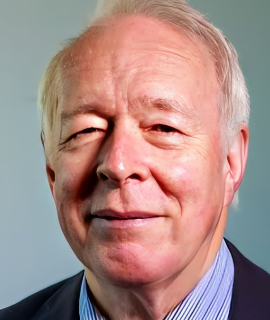
David Geoffrey Gillam
Queen Mary University of London, United Kingdom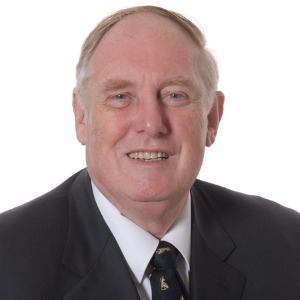
Christopher Turner
Spacemark Dental, United Kingdom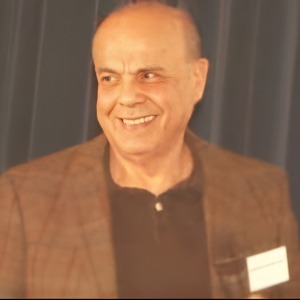
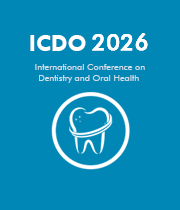
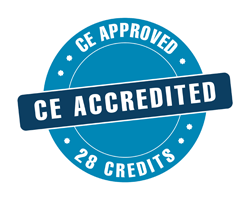


Title : Evaluating hygienist follow up for head and neck oncology patients in secondary care: Results from a two cycle audit
Peter Basta, Newcastle Dental Hospital, United Kingdom
Title : Atypical facial pain unravelled
Christopher Turner, Spacemark Dental, United Kingdom
Title : New treatment of temporomandibular disorder through muscle balance and muscle regeneration by activation of quiescent muscle stem cells( satellite cells) with mitochondrial dynamics
Ki Ji Lee, National Reserach Foundation & Busan Medical University, Korea, Republic of
Title : Cutaneous, Cranial, skeletal and dental defects in patients with Goltz syndrome
Ali Al Kaissi, National Ilizarov Medical Research Center for Traumatology and Orthopaedics, Russian Federation
Title : The nature and management of dental erosion in patients with bulimia nervosa
Maya Fahy, The Royal Victoria, School of Dentistry, United Kingdom
Title : A systematic review on the early detection of oral cancer using artificial intelligence and electronic tongue technology
Maryam, Kardan Dental Clinic, Iran (Islamic Republic of)